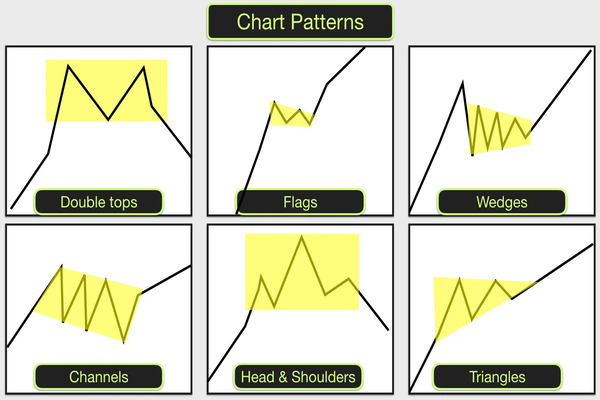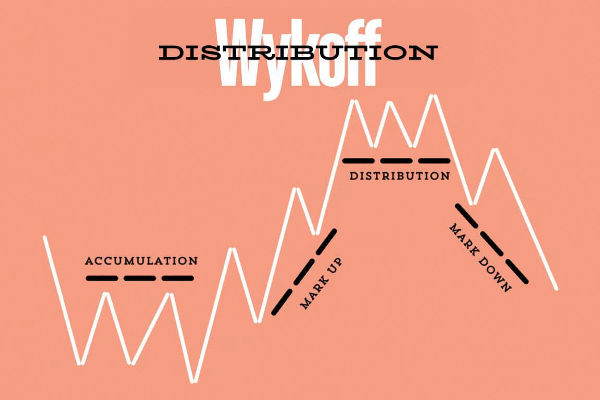Today we will explore some trading tools related to Fibonacci: Fibonacci coils,
timelines, and extension lines.

Before introducing these three new tools, first think about why you need to
use them. In transactions, not all prices or time points are suitable for entry.
We need to use some tools to help investors determine when it is a
high-probability entry time, whether from a temporal or spatial perspective. By
using Fibonacci tools and other tools, you can find some good entry points or
observe important time and space positions to find trading opportunities.
First, let's take a look at the Fibonacci coil. Drawing this coil is very
simple; just pull it from the high point to the low point, and the coil is
complete. Usually, four values are used: 1.618, 2.618, 3.618, and 4.618. There
are many smaller coil levels, but they are usually not used, so they can be
turned off. The default setting has a background, but this will make the chart
unclear enough, so the background will be turned off and simple colors such as
green, yellow, red, and pink will be used, corresponding to different levels.
For example, green represents weak callbacks or time points, yellow represents
common time points, and red represents the final time point.
After completing the coil, these positions may not be clearly visible on the
daily chart, so switch to the four-hour chart for observation.
On the four-hour chart, you can see the coils drawn from high to low points.
Observing this coil, it is often observed that there may be some reversal
phenomena when the price approaches the vicinity of the coil. This means that if
the market is falling, there may be a rebound when the price approaches the
coil. The coil informs when and where to pay attention, solving the problem of
time and space.
However, a coil is not a tool to ensure that prices will inevitably reverse.
It can only represent the possibility of a reversal when the price or time
approaches the coil, but the magnitude of the reversal is uncertain. Therefore,
it is necessary to pay attention to these temporal and spatial locations in
order to identify potential trading opportunities.
Next, we will introduce the Fibonacci timeline. Drawing a timeline is also
very simple. Select a high point, a low point, and then a high point, usually
using only three values: 0.382, 0.618, and 1. Similarly, use green, yellow, and
red to represent the intensity of each region, with red representing the final
bottom line.
The timeline represents which time points to pay attention to after the price
drops and the callback is completed. For example, when prices approach the green
position, there may be a slight rebound. Then, continue to decline until there
is another rebound near the yellow line. Finally, it continued to fall to the
red line and rebounded again. Through the timeline, it can be seen that there
may be price changes in the market near these time nodes, which can help
investors make operational decisions.
Extension lines are also a useful tool that requires three points to draw.
The expansion line represents where to focus if prices fall again after rising,
and which positions may provide support or opportunities to continue the long
trend. By drawing an extension line, one can understand where the price may stop
falling if it falls from this position and where profit targets should be set if
it rises again. This tool can help investors determine the maximum profit point
and support/resistance position of prices.
By combining these three tools, we can analyze the market more
comprehensively. For example, for the S&P 500, the golden section can be
used to identify potential support and resistance positions. The Fibonacci coil
can determine key points in time. The Fibonacci timeline can provide more time
information. Finally, the expansion line can identify potential support and
resistance positions, as well as profit targets.
Disclaimer: This material is for general information purposes only and is not intended as (and should not be considered to be) financial, investment or other advice on which reliance should be placed. No opinion given in the material constitutes a recommendation by EBC or the author that any particular investment, security, transaction or investment strategy is suitable for any specific person.







